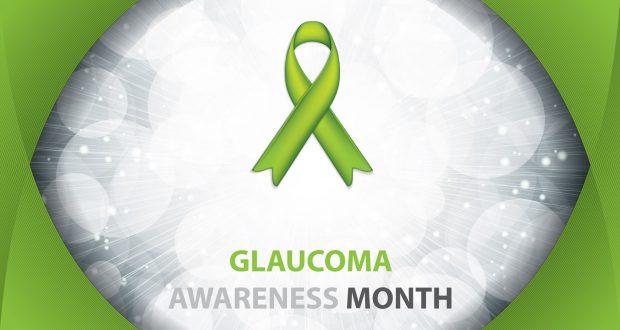By: Red Hot Mamas
Published: January 10, 2018
Glaucoma is a serious condition that can cause blindness. Over 3 million Americans have glaucoma. It is often called
“the sneak thief of sight” since many people are unaware that glaucoma has few symptoms or warning signs in its early stages.
It is more common in women than in men and it also may run in the family.
What is Glaucoma?
Glaucoma is a group of diseases that damage the eye’s optic nerve and can result in vision loss and blindness. It can steal sight without any warning.
Are You at Risk For Glaucoma?
Although the most common forms primarily affect the middle-aged and the elderly, glaucoma can affect people of all ages. So, everyone is at risk for glaucoma.
There are certain groups than others that are at higher risk. It’s important if you are at high risk to become aware of early symptoms, increase early diagnosis, and start treatment to preserve vision.
People at high risk for glaucoma should get a complete eye exam, including eye dilation, every one or two years.
The following are groups at higher risk for developing glaucoma.
African Americans
After cataracts, glaucoma is the leading cause of blindness among African Americans and people of African descent. Glaucoma is six to eight times more common in African Americans than in Caucasians.
People Over 60
Glaucoma is much more common among older people. You are six times more likely to get glaucoma if you are over 60 years old.
Family Members with Glaucoma
If members of your immediate family have glaucoma, you are at a much higher risk than the rest of the population. Family history increases risk of glaucoma four to nine times.
Hispanics in Older Age Groups
Recent studies indicate that the risk for Hispanic populations is greater than those of predominantly European ancestry, and that the risk increases among Hispanics over age 60.
Asians
People of Asian descent appear to be at increased risk for angle-closure glaucoma. Angle-closure glaucoma accounts for less than 10% of all diagnosed cases of glaucoma. People of Japanese descent are at higher risk for normal-tension glaucoma.
Steroid Users
Some evidence links steroid use to glaucoma.
Eye Injury
Injury to the eye may cause secondary open-angle glaucoma. This type of glaucoma can occur immediately after the injury or years later.
Blunt injuries that “bruise” the eye (called blunt trauma) or injuries that penetrate the eye can damage the eye’s drainage system, leading to traumatic glaucoma.
The most common cause is sports-related injuries such as baseball or boxing.
Other Risk Factors
Other possible risk factors include:
- High myopia (nearsightedness)
- Hypertension
- Central corneal thickness less than .5 mm.
Glaucoma TreatmentsThere is no cure for glaucoma-yet. However, medication or surgery can delay or prevent further vision loss. The appropriate treatment depends upon the type of glaucoma among other factors. Early detection is vital to stopping the progress of the disease. That’s why early diagnosis is very important.Glaucoma treatments include medicines, laser trabeculoplasty, conventional surgery, or a combination of any of these. While these treatments may save remaining vision, they do not improve sight already lost from glaucoma
 Red Hot Mamas In Charge of Change.
Red Hot Mamas In Charge of Change.




